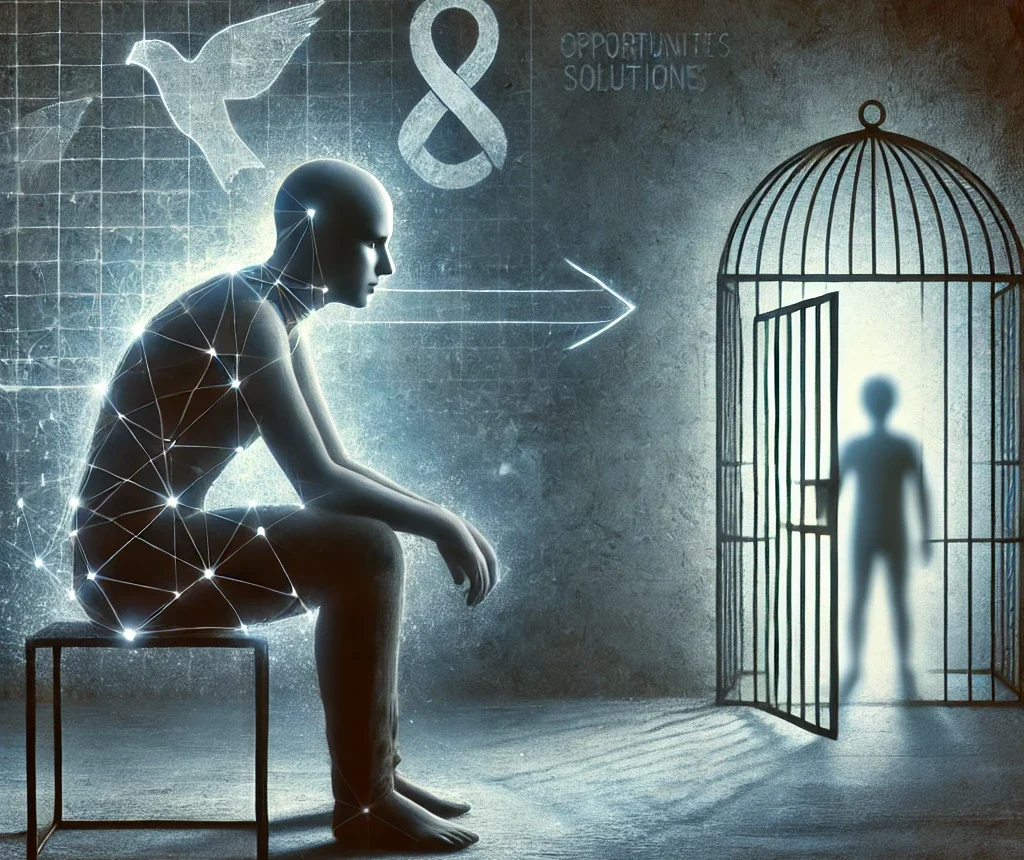
Welcome back. Today, I have the second part to the split brain theory and what it means in context for humankind moving forward.
The split-brain research didn’t just teach us about brain anatomy — it opened up deep questions about consciousness, identity, and even free will. If the two sides of the brain can have separate thoughts, actions, and knowledge, does that mean there are two minds in one body?
Michael Gazzaniga continued the research and coined the idea of the “interpreter” — a function of the left hemisphere that creates explanations and stories to make sense of our actions, even if it doesn’t have the full picture. For example, if the right hemisphere (which doesn’t control speech) made the left hand point to a picture of a snow shovel, the speaking left brain might make up a reason like, “Oh, it’s for cleaning the chicken coop.” This shows that our brain fills in gaps and constructs a version of reality that feels whole, even when it isn’t.
Split-brain studies continue to influence neuroscience, philosophy, and psychology. They’ve shown that our sense of “self” might be more of a collaboration between brain regions than a single voice in our head. While split-brain surgery is rare today, its lessons have stuck around — reminding us that the brain is more mysterious and modular than we once believed.
RELATED POSTS
View all


